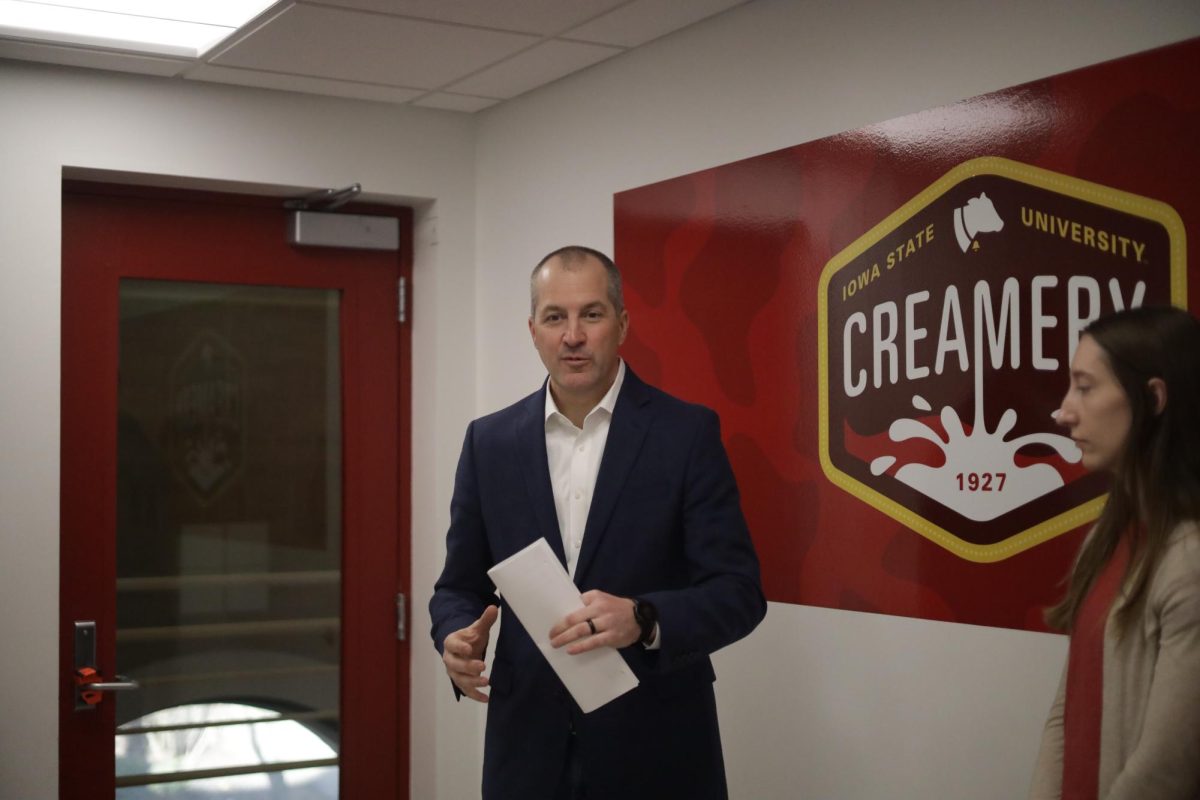Iowa State engineering department ranked as best in U.S.
September 21, 2017
In the past, Iowa State’s department of agriculture and biosystems engineering have been ranked somewhere in the top six in the nation, second undergrad in 2015, and first in 2016.
For the first time, the undergraduate and graduate programs in the school are each ranked number one according to U.S. News and World Report.
Steven Mickelson, agricultural and biosystems engineering department chair, credits this achievement to a dedicated faculty, impressive research and the new facilities the program has.
Because a large weight in college ranking is on quality of faculty, Mickelson highlighted that strength in the program.
“Our faculty is very successful with awards, internationally and nationally,” he said. “Our peers are the ones that rank us, and so when they see that we’re active in our profession and that we’re doing stellar research and being effective in the classroom, they notice that.”
Sriram Sundararajan, associate dean for academic affairs in the college of engineering, attributes the department’s success to committed staff, dedicated faculty and students, great department leadership, department stewardship and the new facilities.
Sundararajan explained how student growth has been increasing across the university over the past few years, but the agriculture and biosystems engineering department has been growing at a much faster rate due to the top rankings.
Ann Marie VanDerZanden, associate provost for academic programs, explained how college rankings are found. One of the major reasons Iowa State’s programs aren’t ranked number one is money. Money to pay for faculty, resources and research funding.
Mickelson says the department is able to handle this increase in enrollment because of the constant funding from alumni and companies willing to invest in Iowa State’s number one program. He explained how the momentum of being number one is only going to move them forward at a faster rate because many top agriculture engineering companies continue to invest in Iowa State’s program.
Mickelson also emphasized that the school is pushing to communicate their research results even more. He says most colleges aren’t making their achievements known to the public, so that makes it harder to rank those schools based on their achievements.
Some of the research conducted in the school deals with water testing and treatment, high bays for working on large machinery, simulating rainfall and a water flume for water flow simulating.
VanDerZanden explained how the rankings also look at class size and student faculty ratio, something Mickelson is very proud of.
Mickelson said 35 percent of the classwork in the school is hands-on lab work, and class sizes in labs are no more than 20 students.
“That’s been a real strength for our students getting jobs,” Mickelson said.
Instead of going into the workforce knowing how to do something based on models and lecture, the department focuses on students knowing how to do things because of experience with the exact tools they would use in their field.
The facilities also hold a major weight as far as rankings go. Mickelson said the building itself is one large agriculture and biosystems project.
Rainwater is collected that flushes toilets, the roof is a ‘green’ roof that is covered with various grasses and the floor in the main atrium radiates heat and efficiently heats the entire building.
The department takes pride in having a facility that not only meets the needs of the students, but is also efficient and healthy for the environment.
As well as the agriculture and biosystems department being ranked number one by U.S. News and World Report, the engineering undergraduate program was ranked as the 40th best program in the country.






